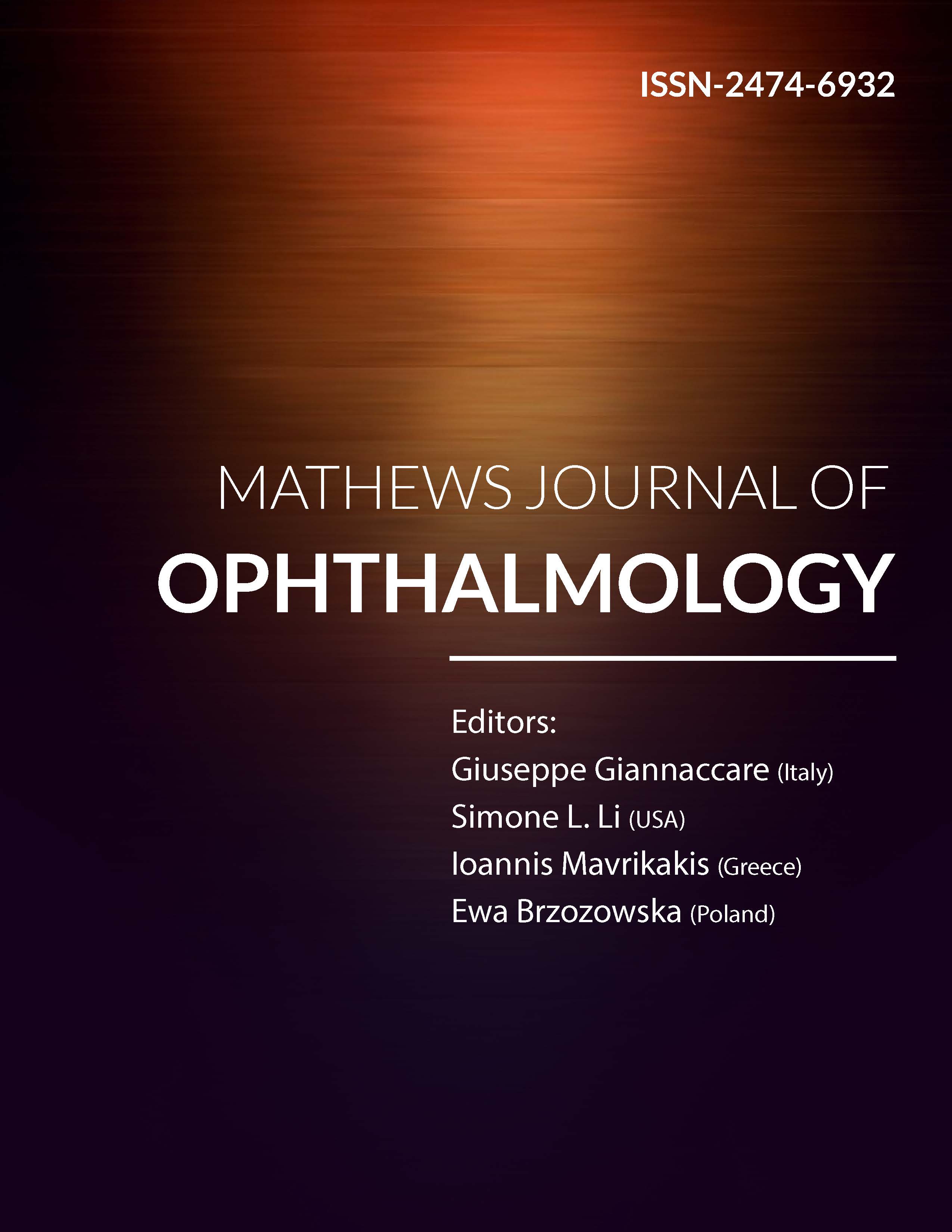
Information Links
Previous Issues Volume 1, Issue 1 - 2016
Conjunctival Disorders Among Fire Service Personnel in the Kumasi Metropolis,Ghana
David Ben Kumah1,Baaba Onumah1,Bright Asare-Bediako2
1Department of Optometry and Visual Science, Kwame Nkrumah University of Science and Technology, Kumasi, Ghana.
2Department of Optometry, Madonna University, Elele, Rivers State, Nigeria.
Corresponding Author: David Ben Kumah, Department of Optometry and Visual Science, B8 COS Building, KNUST-Kumasi, Ghana.Tel: +233266307211; E-Mail: [email protected]
Received Date: 20 Apr 2016
Accepted Date: 27 May 2016
Published Date: 31 May 2016
Copyright © 2016 David Ben Kumah
Citation: Kumah DB, Onumah B and Asare-Bediako B. (2016). Conjunctival Disorders Among Fire Service Personnel in the Kumasi Metropolis, Ghana. Mathews J Ophthalmol. 1(1): 002.
ABSTRACT
Background:Occupational diseases are a major global concern. Firefighting is associated with numerous health hazards. However, the ocular problems that fire fighters endure are understudied. The purpose of this study was to determine conjunctival disorders and other ocular morbidities prevalent among fire service personnel in the Kumasi Metropolis of Ghana.
Methodology: A cross-sectional study was conducted in all five fire stations in the metropolis. A total of 150 personnel aged 20 to 60 years were examined. Comprehensive ocular examination was carried out which included ocular and occupational history, visual acuity measurement, ophthalmoscopy and visual field test by confrontation. The Statistical Package for Social Scientists (SPSS) version 16.0 was used to analyze the data. The tool employed was descriptive statistics and Chi- square test was used to find out significant differences between comparable categorical groups.
Results:Out of the 150 personnel, 66.7% were male and 33.3% were female. The common ocular diseases were pinguecula (21.3%), pterygium (15.3%), allergic conjunctivitis (8.0%), dry eyes (5.3%) and retinal abnormalities (4.0%). The prevalence of ocular morbidities among the fire service personnel was 57.3%. Ocular diseases were found to be more prevalent among males (40.7%) than females (16.7%). Conjunctival disorders significantly increased with longer duration of service, but no significant association was found for non-conjuctival disorders.
Conclusion:The study revealed a high ocular morbidity rate in the fire service personnel and underscores the need for regular screening procedures and strategies to identify and manage non-blinding conditions that interferes with productivity as well as potentially blinding conditions among personnel for timely intervention.
Conjunctival Disorders; Fire Service Personnel; Non-Conjunctival Disorders.